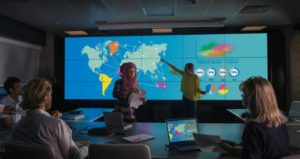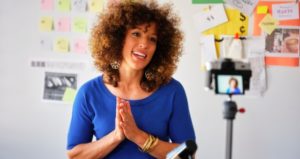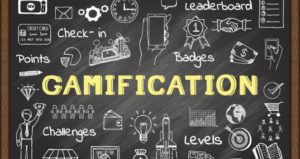
UDL and 21st Century Learning
Put simply, “people learn more deeply from words and pictures than from words alone” (Mayer, 2005). Multimedia theory posits the idea that people’s brains more

Put simply, “people learn more deeply from words and pictures than from words alone” (Mayer, 2005). Multimedia theory posits the idea that people’s brains more

Online instructors have known for some time that the primary work of creating an online course consists of “curation,” which is usually understood to be

There is a vast pedagogical literature spelling out the benefits of student engagement and active participation (1). A recent meta-analysis study of 225 active learning

With written communication becoming increasingly multimodal—from newspaper websites to your social media feed to your learning management system’s announcements page—researchers and practitioners alike have made

What began as a routine summer workshop on incorporating games and game-like elements into instruction, turned into a surprise for summer; two weeks of fun

A common practice at many colleges and universities involves course faculty inviting librarians into their classrooms to teach research and information literacy skills and concepts

Recently, I worked with a research assistant to assess the efficacy of the use of smart phones and tablets in lectures. The study involved asking

“There’s just not enough time in class with students!” It’s a common faculty complaint and when students are provided quality course materials they can use

In the previous two articles, I shared ideas to address student accountability and student preparation in the flipped classroom. Based on your feedback and emails, getting students to come to class prepared is an ongoing challenge for many of us! In this article, I’d like to keep the conversation going by zeroing in on the importance of the first five minutes of class.

In a flipped learning model of teaching, students get first contact with new ideas not during class time but in structured independent activities done prior to class time. This frees up class time to be used for more active work, digging more deeply into advanced ideas. This inversion of the use of time is a key difference between the flipped and traditional models of instruction—and when instructors flip, it brings up issues about time management for both instructors and students that require special attention.
Get exclusive access to programs, reports, podcast episodes, articles, and more!